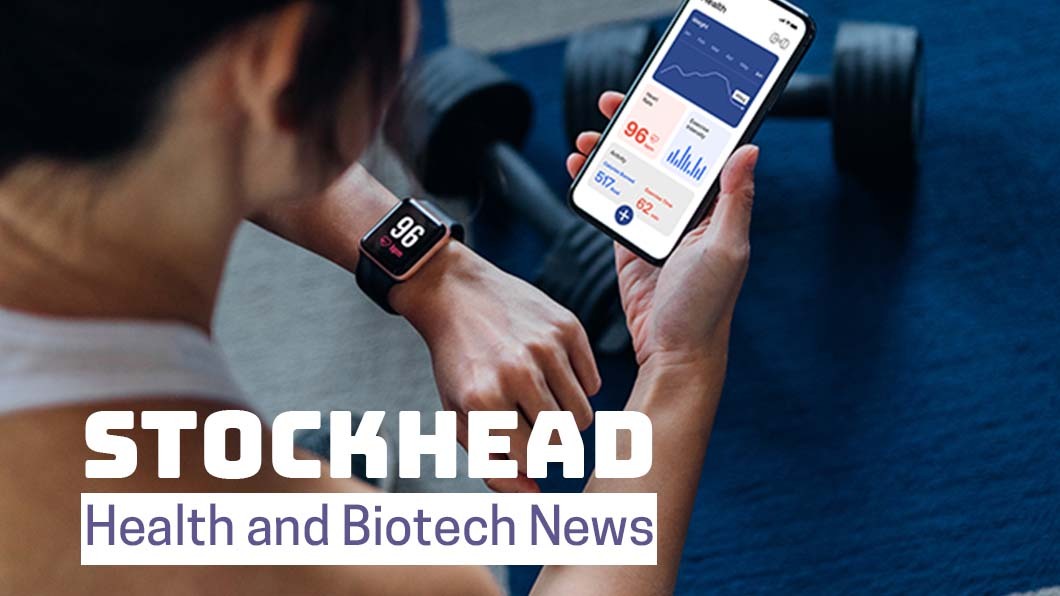Why ProMedicus isn’t the Ned Stark of medical software

Pic: Oscar Wong / Moment via Getty Images
In a Game of Thrones moment, ProMedicus chief Sam Hupert said this of the competitive and fragmented radiology imaging sector two years ago: “There are the quick and the dead in medical software and you don’t want to be dead.”
The company’s got more history than the seven kingdoms combined: Doc Hupert and Anthony Hall founded ProMedicus waaaay back in 1983, when digital imaging meant a rude finger from a lout in a Torana.
Over the years ProMedicus (ASX:PME) has faced times even more perilous than kingdoms threatened by zombies and blood lusting psychopaths.
- Discuss this story in our new Facebook Group
- Follow us on Facebook, Twitter or LinkedIN
But unlike most of the GoT cast it’s very much alive, a thriving exemplar of exported Australian medical technology with its suite of digital imaging and practice management products.
The company’s products include Visage 7 imaging software and the Visage RIS practice management tool (patient billing, scheduling and such).
The Visage Ease app allows clinicians to access their images anywhere (such as the golf course, not that we believe in stereotypes).
Visage 7 “enables organisations to consolidate the capabilities of what historically has required multiple viewers into a single customisable viewing platform.”
A beautiful model
About 70 per cent of the company’s $31 million of annual revenue derives from the US, underpinned by “take or pay” style contracts.
This means the hospital or clinic pays for a minimum expected number of consultations, over the life of the five-to-seven-year contracts.
“It’s a software only model – there’s no capex so as the number of transactions grow the top line grows, margins grow and that flows through to the bottom line,” Dr Hupert says.
ProMedicus’ penetration of the US market is all the more notable given it competes with the likes of Siemens, Philips and Fuji.
The company’s revenue model involves the clinic or hospital paying 70 to 90 per cent of expected exam volumes for the year. The beauty is there is no ceiling on the number of transactions, with the client usually paying for more than expected.
ProMedicus had its Alan Bond moment by buying Visage for $5 million in 2009 – and then offloading Visage’s unwanted research arm Amira for $15 million.
As the moniker of the products suggest, the Visage acquisition was the foundation for the Visage business in its current guise.
Financials and performance
ProMedicus listed in September 2000 at $1.15 apiece. Tellingly, its original base of 100 million shares is little different to today’s, which means the company has not showered the market with confetti by way of dilutive share issues.
Even back then, the company was banging on about e-health and how prescient that was (sadly, the prospectus contained no forward-looking lottery number projections).
ProMedicus chalked a record $9.32 million net profit for the full year, 46 per cent higher, outstripping 15 percent revenue growth to $31.6 million.
While both US and Aussie revenues climbed around 28 per cent, European revenue eased 58 per cent, because of a chunky sale to a German hospital in the previous corresponding period.
“This was our most successful year by any measure,” Dr Hupert crows.
Because royalty revenues flow to an Australian entity that pays local tax, ProMedicus franked its final dividend of 2.5c a share (the interim payout of 1.5c was unfranked).
Locally, ProMedicus in March signed a chunky contract with Primary Health for the local radiology giant to use its Visage RIS software over five years.
Starting from this year, the deal is expected to boost annual revenues by 11 per cent.
This year’s result will also reflect increased revenue from a July 2016 deal inked with the esteemed US Mayo Clinic.
“The pipelines is robust and our transaction model is working,” Doc Hupert says. “We continue to work on deals which we will find out about in coming months.”
Given the nature of the business, ProMedicus pretty much knows it has $115 million of contract revenue locked in over the next five years.
Currency capers
ProMedicus receives most of its revenues in $US and Euros and so broadly speaking is disadvantaged by a rising $A, which wiped $550,000 from reported earnings.
Dr Hupert says the $A normally moves up or down with the $US and the Euro consistently, but recently the Aussie battler has gained against the $US but depreciated against the Euro.
“So even though we manage currency fluctuations via various mechanisms, the size and nature of the movements impacted us negatively at least in terms of unrealised proportions,” he says.
We’ll settle for the philosophy of erstwhile Cochlear CEO Chris Roberts: “forex is what forex is.”
Dr Boreham’s diagnosis
ProMedicus touched $6 a share in August last year, having traded at 90c two years previously and at a mere 38c five years ago.
Trading on a Domino’s Pizza style earnings multiple of more than 60 times, ProMedicus is an official inclusion in the “growth stock” cohort.
This can get tricky, because investors judge management on its ability to increase profits, rather than just spouting blue sky promises.
The dividend is nice, but like Telstra’s payout these days it’s more a token of gratitude to shareholders than anything.
Given Hupert and Hall account for 60 per cent of the register, they’re largely paying themselves anyway.
In March the company announced a buy back of 10 per cent of the share base, but management is yet to pull the trigger.
PROMEDICUS
Market cap: $512m
Share price: $4.99
Shares on issue: 102.6m
CEO: Dr Sam Hupert
Board: Peter Kempen (chairman), Sam Hupert, Anthony Glenning, Anthony Hall, Roderick Lyle
Financials (year to June 30 2017): revenue $$31.62m (up 15 percent), net profit $9.32m (up 46 per cent), underlying profit $9.87m (up 53 per cent)*, cash $22.78m (up 33 per cent), nil debt, dividend per share 4c (partly franked, previous period 3c)
*Constant currency
Major holders: Sam Hupert 29.59 percent, Anthony Hall 29.55 percent, Commonwealth Bank 5.8 percent
This column first appeared in Biotech Daily.
Disclosure: Dr Boreham is not a qualified medical practitioner and does not possess a doctorate of any sort. His Alan Bond moment still awaits.
This article does not constitute financial product advice. You should consider obtaining independent advice before making any financial decisions. The content of this article was not selected, modified or otherwise controlled by Stockhead. Stockhead has not provided, endorsed or otherwise assumed responsibility for any financial product advice contained in this article.
UNLOCK INSIGHTS
Discover the untold stories of emerging ASX stocks.
Daily news and expert analysis, it's free to subscribe.
By proceeding, you confirm you understand that we handle personal information in accordance with our Privacy Policy.








